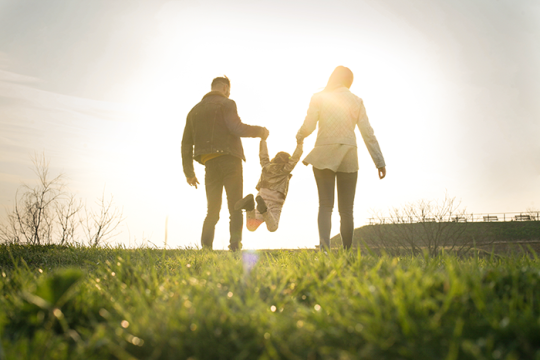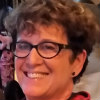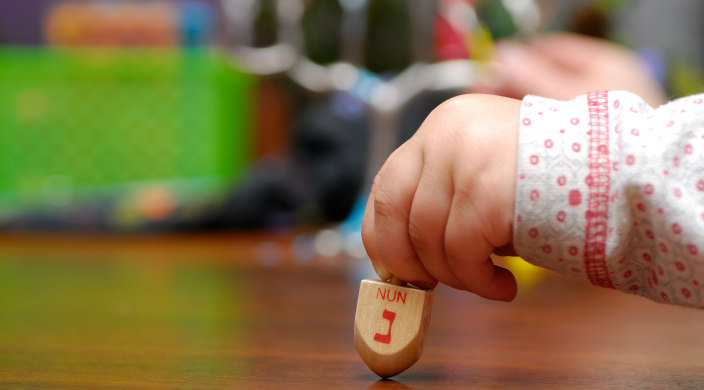
It’s a conversation I had had hundreds of times in my 44 years as a Jewish educator. However, this time was different: It was with my son.
“So, if Jill and I get married and neither of us converts, what is the best way to raise children?”
I was prepared because he and Jill had been dating for several years. Even though she never went to church when visiting us from Ann Arbor, where they were in school together, I knew her parents were very involved in their church.
My response went something like this:
“As your Mom, I would love to have Jewish grandchildren. It has been something I always expected. I took it as a given. We love Jill and think you are a great couple and we are thrilled at how happy you are together. So, I am happy you are talking about this issue now. As a synagogue educator, I have dedicated my career to trying to ensure that there are Jews in the next generation.
That being said, I believe it is most important that children have a set of core values based on a belief system that they see demonstrated in their home. As much as I want your children to be raised Jewishly, in my opinion, it is better for children to be raised in one religion and then be encouraged to celebrate with the other parent his or her religion.”
Indeed, it is important to Seth and Jill – and both of our families – that each of our religious traditions is present in their lives – and the lives of their children. With that in mind, they worked to create a wedding ceremony that incorporated elements that allowed it to be as true as possible to the two traditions. Seth has always prepared a traditional Hanukkah dinner for his in-laws and his brother-in-law’s family; he and Jill join Jill’s near-by family as they celebrate Christmas.
Two years ago in September, twin grandchildren – a girl and a boy – arrived. As their first Hanukkah approached, I packed and shipped them a box of Hanukkah goodies, including stuffed and a stuffed , a CD of Hanukkah songs, and board books about the holiday. I knew they had a real hanukkiyah and a latke recipe, or I would have included these items as well. A week before Hanukkah, Jill called to find out where to buy Hanukkah candles, which she found at Target!
This year’s Hanukkah package for the kids is already on its way. Once again it includes books, a CD and – at Jill’s request – singing dreidels!
I am fortunate that Jill’s parents fully respect Judaism and Seth’s background. I know this is the case because the proof is in the pudding. Last year, during a visit with Seth, Jill, and the kids right after the first of the year, I was helping Jill put away holiday books, including a Hanukkah book I didn’t remember having sent. Turning it over, I saw these words written on the cover: “Happy 1st Hanukkah, Love, Grams and Pappy” – Jill’s parents.
Time will tell how Seth and Jill will handle Hanukkah – and the rest of the Jewish holidays – in the future, but for now, I do as much as I can to infuse Judaism into my grandchildren’s lives from 1,000 miles away.
"5 Ways to Approach Family Conversations around Hanukkah and Christmas" can help guide conversations to create honest dialogue and meaningful family traditions, so everyone can approach the holidays with intention and gratitude.
Related Posts
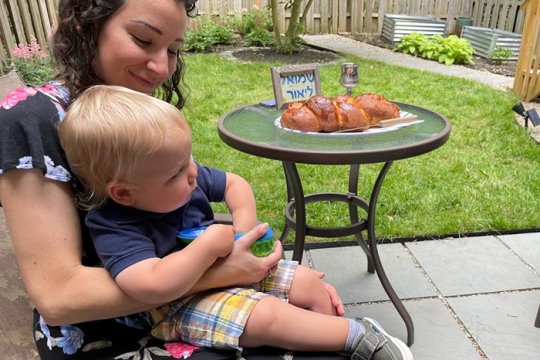
Melding Tradition and Innovation: Our Interfaith Toddler Naming Ceremony
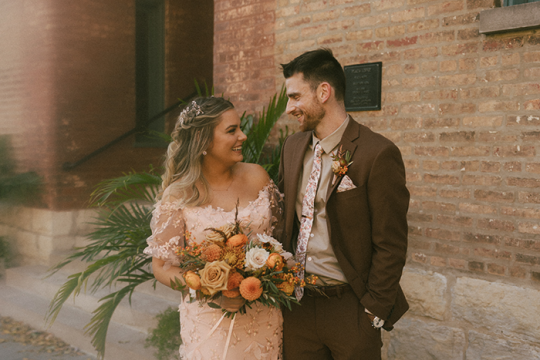
Meet My Interfaith Family: Graaff-Sodds
